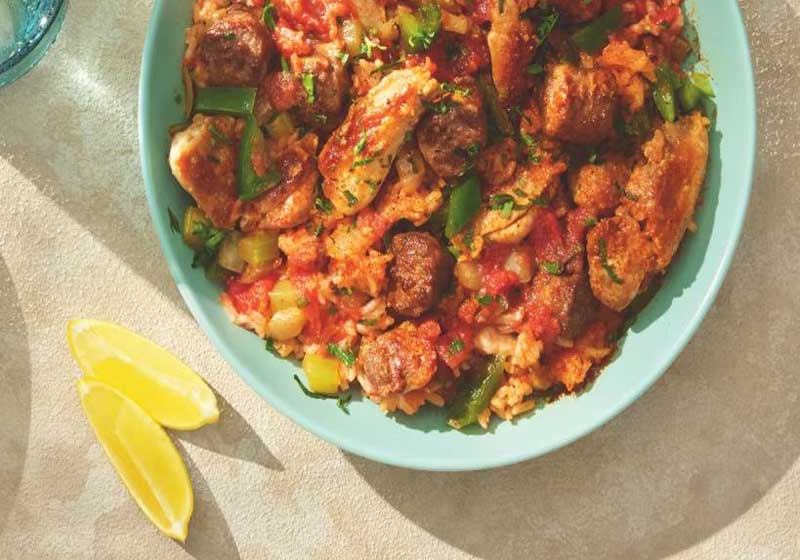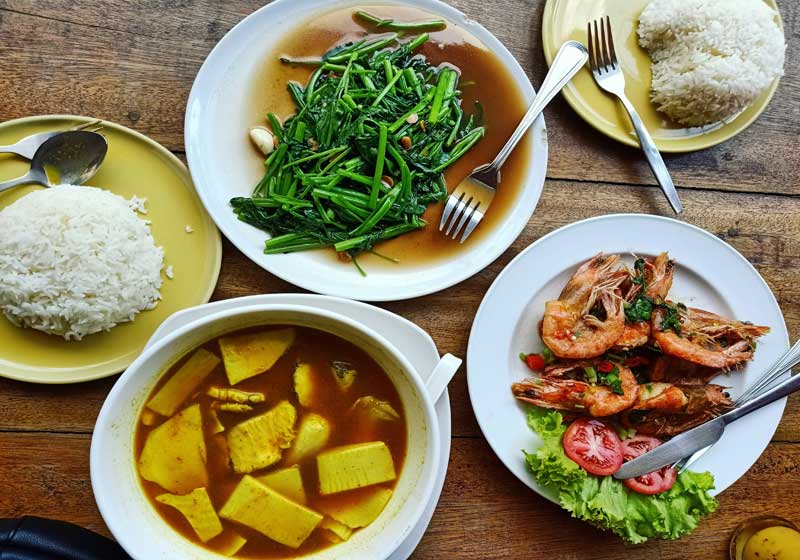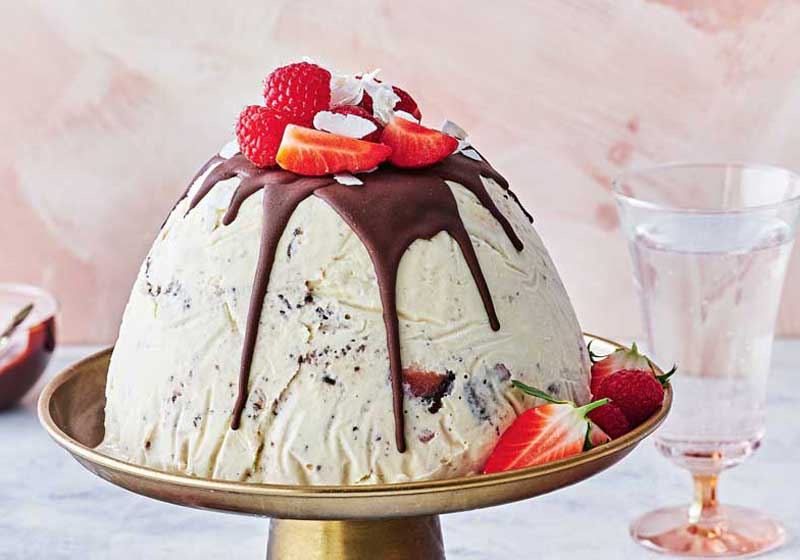By Leigh O’Connor.
Creole cuisine is more than food – it is history, heritage and the shared soul of cultures that came together in Louisiana to create something unforgettable.
With its deep French, Spanish, West African, Native American and Caribbean influences, Creole cooking is a living expression of cultural fusion – a cuisine born in the kitchens of New Orleans but celebrated far beyond the Mississippi Delta.

The word Creole originally described people of mixed European and African ancestry, born in the New World. Over time, it grew to encompass a distinct culture in Louisiana, where French settlers, Spanish colonists, African slaves and Caribbean migrants all contributed traditions, techniques and ingredients. The result was not just a way of life, but a cuisine that reflected the vibrancy of this cultural exchange.
Creole food differs from its Cajun cousin, though the two are often linked. While Cajun cooking is rustic and rooted in the French Acadian settlers who moved inland, Creole cuisine is city-born, shaped in the bustling, cosmopolitan port of New Orleans.
It is more refined, often richer and incorporates ingredients from global trade routes that flowed through the city.
Creole cuisine is defined by bold flavours, layered spices and an unmistakable soul. The ‘holy trinity’ – onion, bell pepper and celery – forms the foundation of many dishes, much like mirepoix in French cooking. This base is elevated with garlic, tomatoes, cayenne and a chorus of herbs that bring depth and warmth.
Staple dishes showcase the marriage of cultures. Gumbo, a hearty stew thickened with okra or filé powder, is perhaps the most famous.

Jambalaya, with its Spanish paella-like roots, combines rice, sausage, seafood and spices into a one-pot celebration. Shrimp Creole, crawfish étouffée and red beans with rice all tell their own story of adaptation, resilience and creativity.
Seafood is central, thanks to Louisiana’s abundant coastline. Oysters, shrimp and crab are used in countless preparations, from elegant oyster Rockefeller to spicy crab cakes. No Creole meal is complete without a sweet finale – think pralines, bread pudding, or beignets dusted with powdered sugar.
Creole cuisine is not only about taste; it is about tradition, hospitality and the rhythm of New Orleans itself. Meals are celebrations – of family, of community, of resilience in the face of hardship.
Just as jazz music rose from the streets of the French Quarter, Creole food carries the improvisational spirit of blending old and new, local and global.

Today, Creole cooking continues to evolve, with Chefs modernising classic dishes while respecting their heritage. Yet at its heart, it remains soulful, rooted in the idea that food is a bridge between cultures and a story passed down through generations.
To eat Creole cuisine is to taste history – the survival, adaptation and triumph of diverse peoples who came together in Louisiana centuries ago. It is food with rhythm, spice, and spirit, where every dish is a conversation between cultures. Creole cuisine isn’t just something you eat; it’s something you feel.








